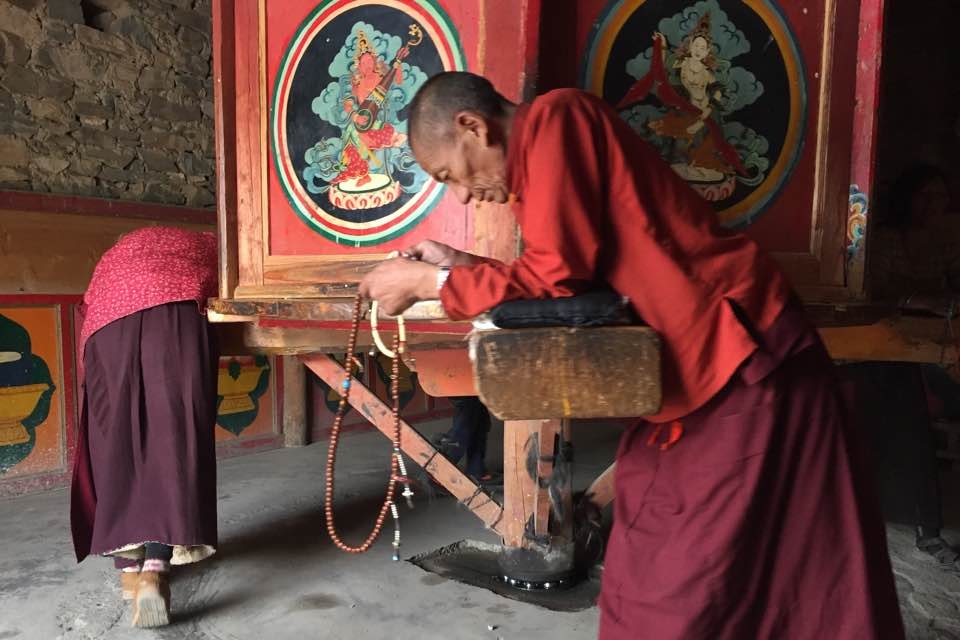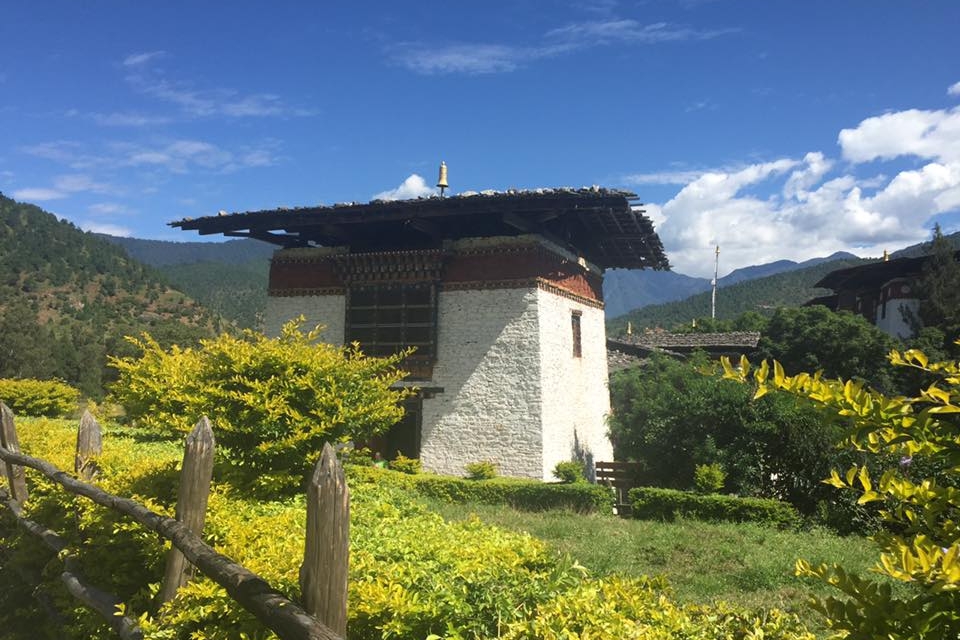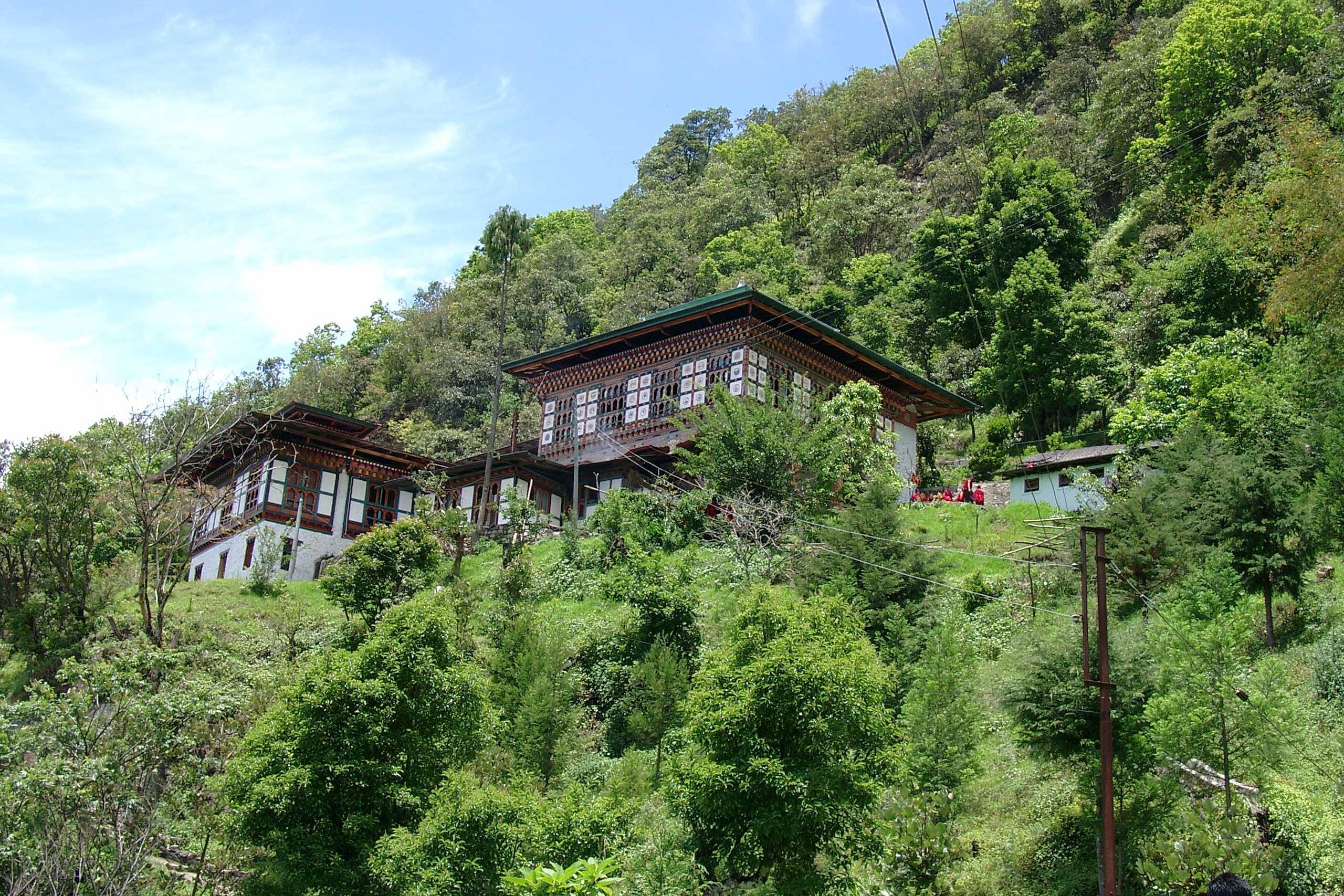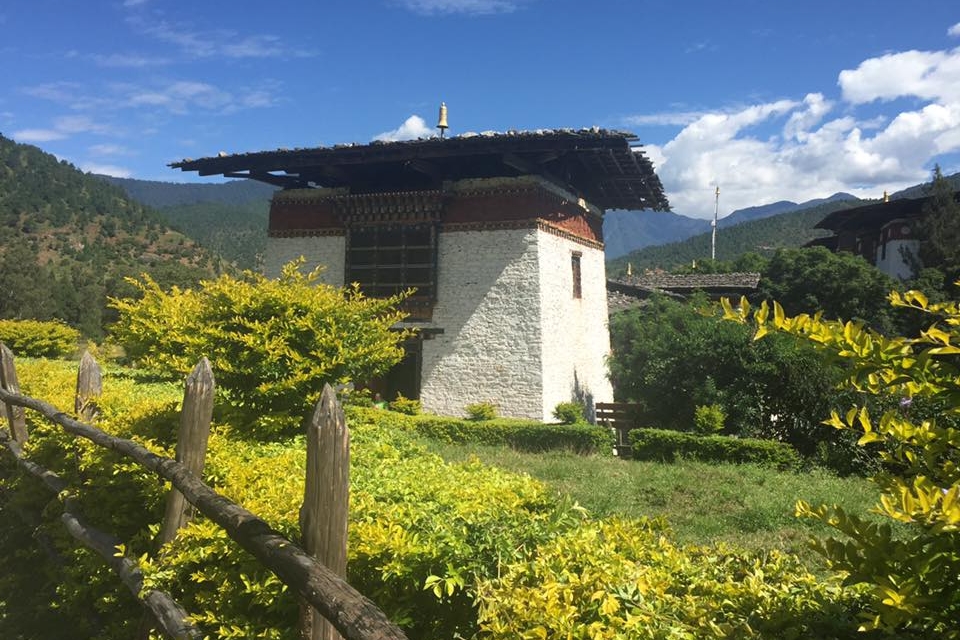Unlike in other Bhutan Tours, we won’t be flying directly to the city of Paro but instead we will drive overland to Phuntsholing, which is located next to the town of Jaigoan on the Indian border. Though driving to Phuntsholing might take few more days to reach Bhutan than flying directly to Paro but this journey would be worth travelling as you will be able to know about the culture and lifestyle of peoples of three different South Asian countries. Upon your arrival at Phuntsholing, one of the Nature Trail travels & tours representative will assist you with the Visa and Permit formalities and will meet you at the check point of India-Bhutan border. After clearance of all the paper works, you will be escorted to your respective hotels. At evening, you can stroll the town and feel the fresh air and cool climate.
On the following day, we commence our journey with a drive from Phuntsholing to the capital of Bhutan, Thimphu. On the way, you can click some shots of the amazing landscapes and waterfalls. While driving, you will come across Chuzzom, a confluence of the rivers Paro Chhu and Thimphu. Enroute you will also get to see the three stupas representing three different styles of stupa architecture – Tibetan, Nepalese and Bhutanese. You can also visit Simtokha Dzong, the oldest fortress of the Kingdom. Overnight stay at Thimphu.
Today, we will be visiting some sightseeing spot of Thimphu. Thimphu is unlike any otherworld capital. Small and secluded the city is quiet and there are never the traffic jams familiar in other Asian Capitals. It is often said that Thimphu is the only world capital without traffic lights. After appetizing breakfast, we visit National Memorial Chorten. This temple was first initiated by the Third King as a protection from the negative elements of modernization, and as a monument to world peace. The Royal Queen Mother completed it as a memorial Stupa for the Third King who passed away in 1972. Then we will continue our visit to 12th century Changangkha Temple and Drubthob monastery housing the Zilukha Nunnery. If you want to see Takin, the national animal of Bhutan then you can proceed onto mini-zoo. The Takin (a goat-antelope) was declared the national animal of Bhutan because it is strongly associated with the country’s religious history and mythology. After sightseeing of these sites, if you still have some time left then you can visit to National Library, the priceless collection of Buddhist manuscripts and few English version books; Folk and Heritage Museum, which displays day to day livelihood of typical Bhutanese farmers in medieval period and their accessories; Late King’s Memorial Stupa, built for the world peace and Traditional Handmade Paper Factory; Painting School, which preserves our traditional paintings, sculpturing and wood curving and National Handicraft Emporium, the best place to look for souvenir from Bhutan. Some of the landmarks are closed on the weekend (Saturdays and Sundays). Therefore, if your visit to Thimphu coincides with the weekend, you can walk through the Thimphu Market to see the variety of food of Bhutan, including basket upon basket of fiery chilies, cheese and a variety of greens. (This market is open only from Friday-Sunday).
On the following day, we will be driving to Punakhavia Dochu La Pass (3,100m). Dochu la pass is situated 10,000 feet above sea level. You can have magnificent view of eastern Himalayas from this pass which includes Bhutan’s highest mountain Mount Gangkhar Puensum (7550 m). From the pass, we drive downhill through the rhododendron, fir and hemlock forests. We then pass through rice fields along river banks and reach Punakha. In Punakha, we visit Punakha Dzong which was built between 1637/1638 and is the second oldest and the second largest Dzong in Bhutan. Overnight in Punakha.


Today after breakfast at hotel, we drive to Paro. A drive for about four hours will take you to Paro. Paro is a small town where International Airport of Bhutan is located. Though being a small town, this place has a lot of cultural monument to be offered to its visitors. After arrival at the city, you can spend the rest day by self-exploration or you could also visit some remaining sightseeing spots.You can visit the Rinpung Dzong, meaning ‘fortress of the heap of jewels’ to see the painting of the great saint Milarepa, considered as the master of meditation by the Bhutanese and believed to have attained enlightenment in a lifetime. The Dzong is now used as an administration center and school for monks. Dzong’s are large monasteries and district administrative centers, which were once strategic forts. Stay overnight at Paro.



Concluding our trip, today you will have a short hike up to Taktsang monastery. Taktsang is a prominent sacred Buddhist site and temple complex perched on the edge of upper Paro Valley. It is also known as the Tiger’s Nest. This magical monastery clings to a vertical granite cliff 300 meter above the valley.Legend has it that the great Guru Padmasambhava flew to this spot on back of a tigress and meditated in a cave during the 8th century. When the Guru finished his meditation, he instructed that the monastery to be built. The temple was built around the cave and is a hallowed shrine for Bhutanese pilgrims.The spectacular view along the way and the historical sites draw many tourists to this imposing monastery. There are also a number of temples scattered along the route. Later we’ll turn to the Paro Dzong, a large Buddhist monastery and fortress, which is considered the best example of Bhutanese architecture. Now it also houses the district Monastic Body and government administrative offices. On the hill above the Dzong stands an ancient watchtower called Ta Dzong, which is the National Museum of Bhutan. Visit Ta Dzong Museum housing many religious relics, works of art and handicrafts offering a great orientation into Bhutan’s historical, cultural, and religious past.This Dzong was converted into the National Museum in 1968. The museum boasts antique thangkas, textiles, weapons and armor, household objects and rich assortment of natural and historic artifacts.Here you can also learn about Bhutan’s history. After this hike and a short sightseeing tour, we will be transferred to the hotel for our overnight stay.









Discover incredible offers for your upcoming adventure by subscribing to our newsletter with the latest travel tips and updates.
